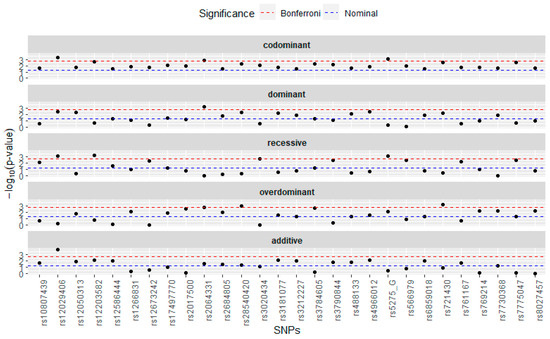Diet and Multi-Omics
A topical collection in Nutrients (ISSN 2072-6643). This collection belongs to the section "Nutrition and Public Health".
Viewed by 11417Editors
2. Department of Twin Research & Genetic Epidemiology, South Wing St Thomas’, King’s College London, London SE1 7EH, UK
Interests: personalized nutrition; metabolomics; microbiome; nutritional epidemiology; mendelian randomization; non-communicable diseases
Topical Collection Information
Dear Colleagues,
With the recent shift in focus from food quantity to quality, consumers’ concerns and choices regarding healthy food have become a matter of prime importance. This has given rise to the concepts of ’personalized’ and ‘precision’ nutrition. Additionally, our understanding of the complex interplay between diet, health and disease as determined using so-called ‘omics’ technologies is growing. This is particularly timely as individuals now often look towards these personalized and precision nutrition approaches for guidance on healthier food choices. Moreover, recent advancements in omics tools and techniques have greatly extended the scope of their application within the nutrition sciences. As a result, a better understanding of the underlying interactions between diet and human physiology can be gained, whilst addressing the key challenges critical for the successful implementation of this science.
Dr. Mohsen Mazidi
Dr. Richard Webb
Collection Editors
Manuscript Submission Information
Manuscripts should be submitted online at www.mdpi.com by registering and logging in to this website. Once you are registered, click here to go to the submission form. Manuscripts can be submitted until the deadline. All submissions that pass pre-check are peer-reviewed. Accepted papers will be published continuously in the journal (as soon as accepted) and will be listed together on the collection website. Research articles, review articles as well as short communications are invited. For planned papers, a title and short abstract (about 100 words) can be sent to the Editorial Office for announcement on this website.
Submitted manuscripts should not have been published previously, nor be under consideration for publication elsewhere (except conference proceedings papers). All manuscripts are thoroughly refereed through a single-blind peer-review process. A guide for authors and other relevant information for submission of manuscripts is available on the Instructions for Authors page. Nutrients is an international peer-reviewed open access semimonthly journal published by MDPI.
Please visit the Instructions for Authors page before submitting a manuscript. The Article Processing Charge (APC) for publication in this open access journal is 2900 CHF (Swiss Francs). Submitted papers should be well formatted and use good English. Authors may use MDPI's English editing service prior to publication or during author revisions.
Keywords
- diet
- nutrients
- microbiome
- metabolites
- proteomics
- genomics
- omics












